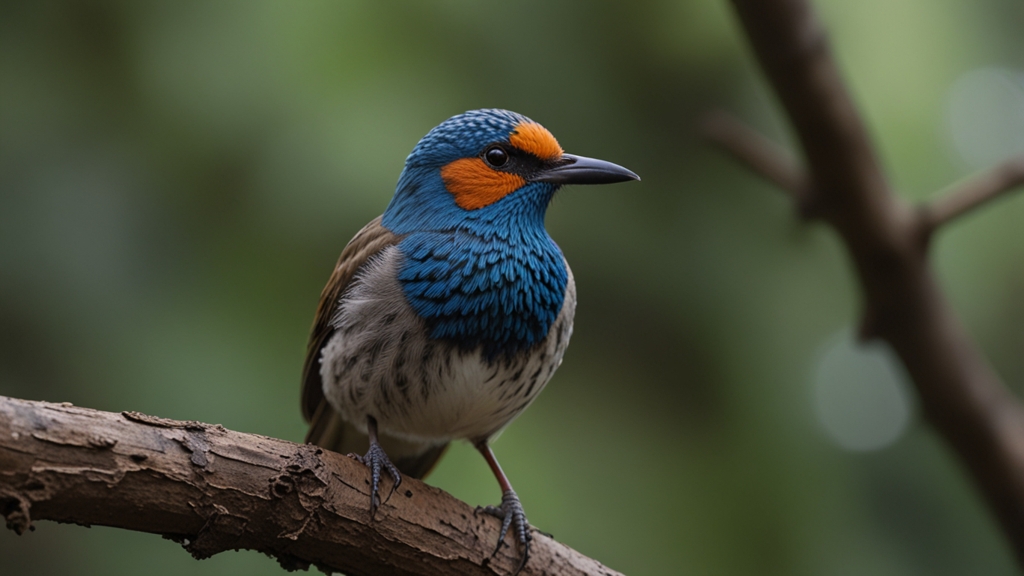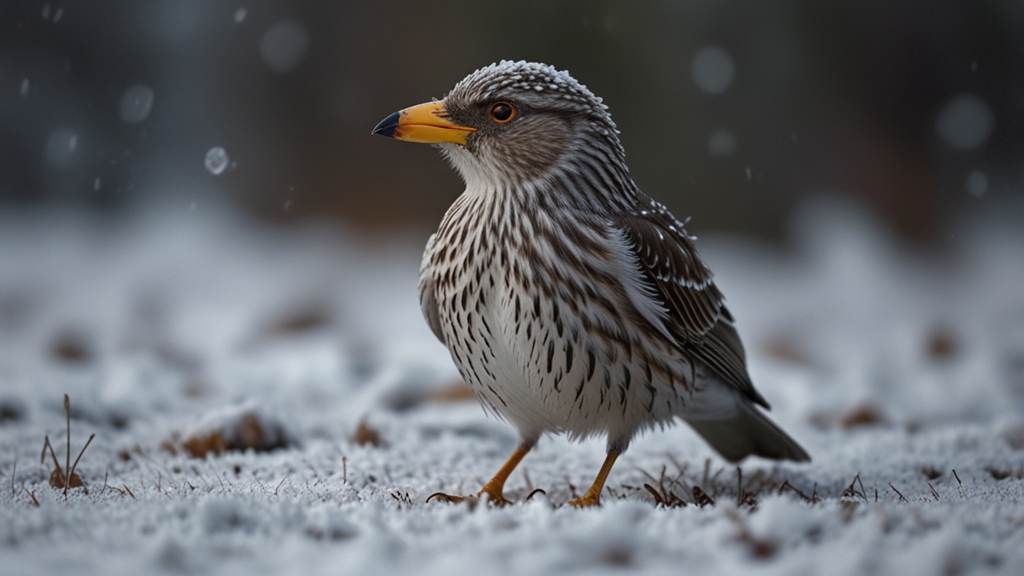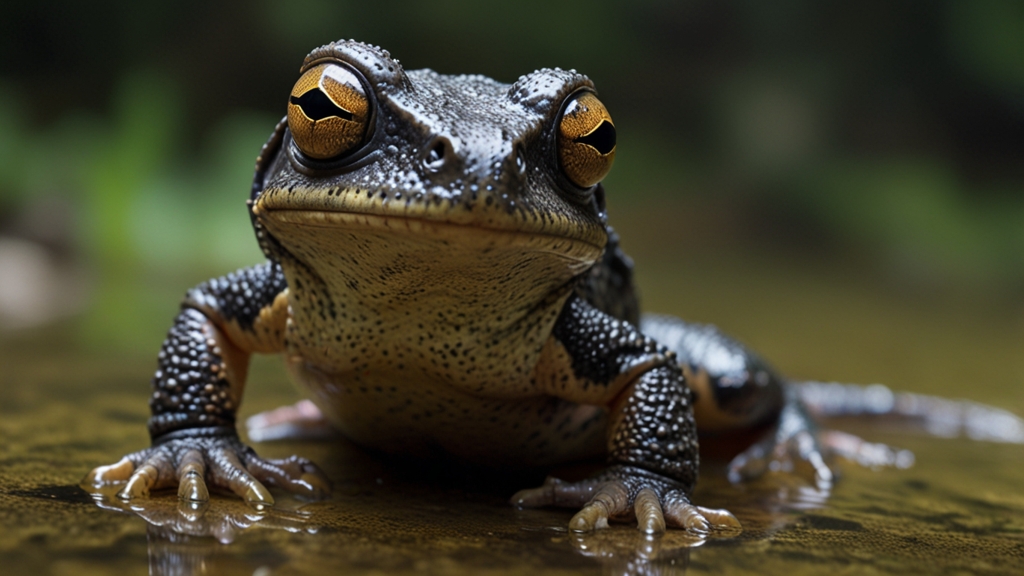Inspiring Bird Conservation Success Stories: Hope for the Future
Birds are among the most beautiful and ecologically significant creatures on our planet. Their songs, vibrant plumage, and complex behaviors captivate us and inspire conservation efforts globally. Despite facing numerous threats such as habitat destruction, climate change, and pollution, there are compelling success stories of bird conservation that provide hope for the future. In this article, we will explore some of these triumphs and the lessons they offer for ongoing conservation efforts.
The Bald Eagle: From Near Extinction to Flourishing Populations
The Bald Eagle, America's national bird and symbol of freedom, once teetered on the brink of extinction. By the mid-20th century, widespread use of the pesticide DDT had caused a dramatic decline in eagle populations due to its detrimental effects on eggshell strength.
In response, environmentalists and policymakers took decisive action. The banning of DDT in 1972, coupled with extensive legal protections and habitat conservation efforts, enabled Bald Eagles to make a remarkable recovery. Today, Bald Eagles are no longer listed as endangered, and their populations are flourishing across the United States.
"The recovery of the Bald Eagle is one of the greatest conservation success stories of our time and demonstrates the power of concerted, science-based action." - National Wildlife Federation
The Resurgence of the California Condor
The California Condor, North America's largest land bird, has also faced severe endangerment. By 1987, the population had dwindled to a mere 27 birds. In an unprecedented move, conservationists captured the remaining wild condors to initiate an intensive breeding program.
Through meticulous management, habitat restoration, and the prevention of lead poisoning from ingested spent ammunition, the California Condor population has started to bounce back. As of recent estimates, there are over 300 condors flying free in the wild, alongside a robust captive population.
"The journey of the California Condor from the brink of extinction to its ongoing recovery is a testament to human dedication and the possibility of redemption through conservation." - Audubon Society
The Story of the Mauritius Kestrel
The Mauritius Kestrel offers another inspiring example of conservation success. In the 1970s, only four individuals of this species were left in the wild, making it one of the rarest birds on Earth. The principal causes of decline included habitat loss and the introduction of non-native predators.
A dedicated conservation program was launched, involving captive breeding, habitat restoration, and the removal of invasive species. Thanks to these persistent efforts, the population has increased to several hundred individuals, and the Mauritius Kestrel serves as a beacon of hope for other critically endangered species.
The Reintroduction of the White-Tailed Eagle in Scotland
The White-Tailed Eagle, also known as the Sea Eagle, was driven to extinction in the British Isles by the early 20th century due to habitat destruction and persecution. Starting in the 1970s, concerted reintroduction efforts in Scotland brought these majestic birds back to their former territories.
By translocating eagles from Norway, creating protected areas, and fostering community engagement, the White-Tailed Eagle has successfully reestablished itself in Scotland. Today, these birds can be seen soaring over Scottish landscapes, symbolizing a significant win for conservationists and ecologists alike.
Conclusion: A Blueprint for Future Conservation
These success stories offer more than just hope—they provide a powerful blueprint for future conservation efforts worldwide. The common threads among these stories are targeted scientific interventions, legal protections, and community involvement. By harnessing these elements, we can safeguard other endangered bird species and, by extension, the ecosystems they inhabit.
As we face an uncertain future characterized by accelerating ecological changes, it’s crucial to remember these triumphs and draw inspiration from them. Through continued dedication and collaborative efforts, we can ensure that the wonder of birdlife will persist for generations to come.








